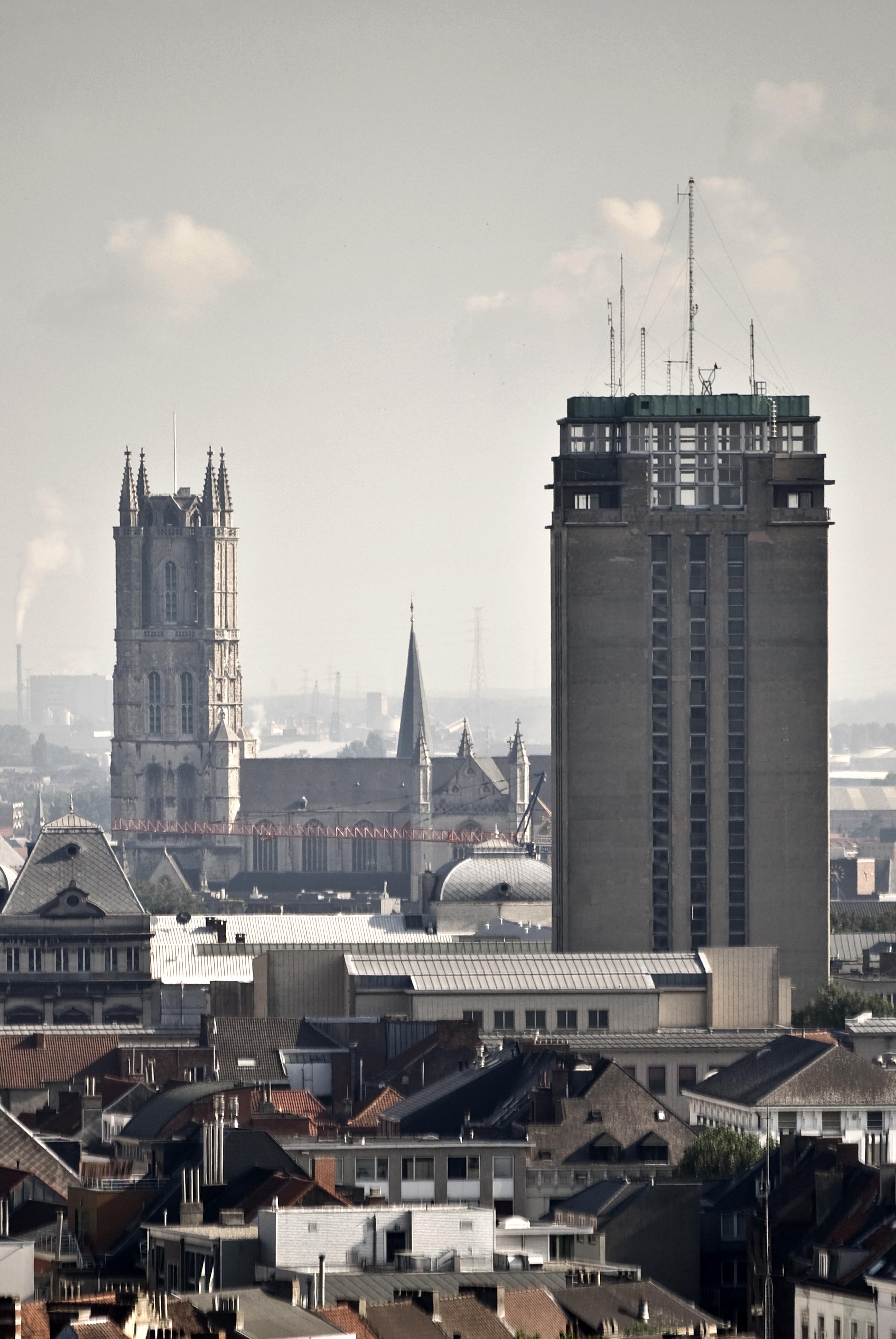|
Henry Van De Velde
Henry Clemens van de Velde (; 3 April 1863 – 15 October 1957) was a Belgian painter, architect, interior designer, and art theorist. Together with Victor Horta and Paul Hankar, he is considered one of the founders of Art Nouveau in Belgium.'''' He worked in Paris with Samuel Bing, the founder of the first gallery of Art Nouveau in Paris. Van de Velde spent the most important part of his career in Germany and became a major figure in the German Jugendstil. He had a decisive influence on German architecture and design at the beginning of the 20th century. Early life Van de Velde was born in Antwerp, where he studied painting under Charles Verlat at the famous Royal Academy of Fine Arts, Antwerp. He then went on to study with the painter Carolus-Duran in Paris. As a young painter he was strongly influenced by Paul Signac and Georges Seurat and soon adopted a neo-impressionist style, and pointillism. In 1889 he became a member of the Brussels-based artist group " Les XX" ... [...More Info...] [...Related Items...] OR: [Wikipedia] [Google] [Baidu] |
Nicola Perscheid
Nicola Perscheid (3 December 1864 – 12 May 1930) was a German photographer. He is primarily known for his artistic portrait photography. He developed the "Perscheid lens", a soft focus lens for large format portrait photography. Life and career Perscheid was born as Nikolaus Perscheid in near Koblenz, German Confederation, where he also went to school. At the age of 15, he began an apprenticeship as a photographer. Subsequently, Perscheid earned his living as an itinerant photographer; he worked, amongst other places, in Saarbrücken, Trier, and Colmar, but also in Nice, Vienna, or Budapest. In Klagenfurt in Austria he finally found a permanent position and on 1 March 1887, he became a member of the Photographic Society of Vienna (''Wiener Photographische Gesellschaft''). In 1889, he moved to Dresden, where he initially worked in the studio of Wilhelm Höffert (1832–1901), a well-known studio in Germany at that time, before opening his own studio in Görlitz on 6 June 1891 ... [...More Info...] [...Related Items...] OR: [Wikipedia] [Google] [Baidu] |
